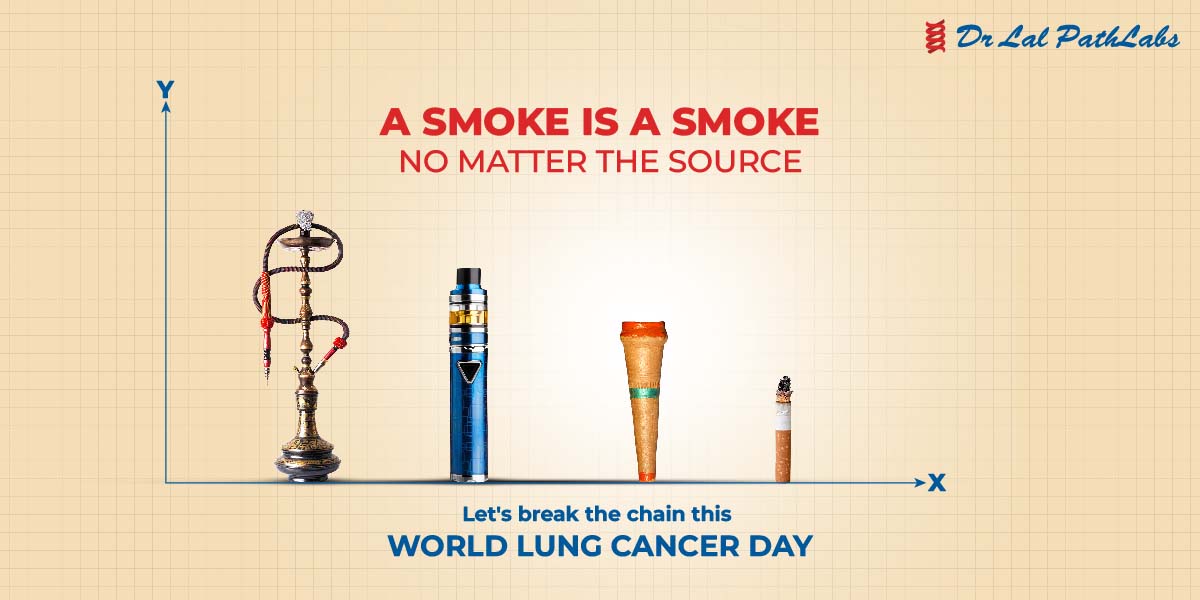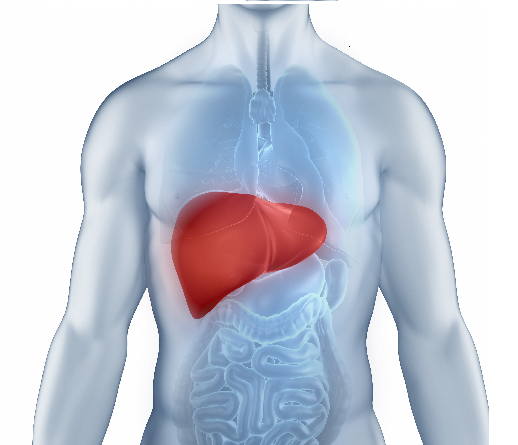Understanding Lung Cancer: Causes, Symptoms, and Prevention
Overview of Lung Cancer
Lung cancer affects the tissues of the lungs, typically arising from abnormal cell growth. It is one of the most common forms of cancer and a leading cause of cancer-related deaths worldwide. Lung cancer can be broadly categorized into two types: small cell lung cancer (SCLC) and non-small cell lung cancer (NSCLC). Understanding the symptoms, risk factors, and how to prevent lung cancer is crucial for early detection and improved outcomes.
Symptoms of Lung Cancer
The early stages of lung cancer may not produce any noticeable symptoms, which can lead to delayed diagnosis.
As the disease progresses, the following symptoms may manifest:
- Persistent cough that worsens over time
- Chest pain that intensifies with deep breathing, laughing, or coughing
- Shortness of breath and wheezing
- Unexplained weight loss and loss of appetite
- Fatigue and weakness
- Hoarseness in the voice
- Coughing up blood (hemoptysis)
- Recurrent respiratory infections like bronchitis or pneumonia
How Smoking Causes Lung Cancer?
Smoking is the leading cause of lung cancer, accounting for about 85% of all cases. Tobacco smoke contains carcinogens that damage the cells in the lungs, leading to uncontrolled cell growth and the formation of tumors. The more a person smokes and the longer they smoke, the higher the risk of developing lung cancer. Even secondhand smoke exposure can increase the risk in non-smokers.
Types of Lung Cancer
- Non-Small Cell Lung Cancer (NSCLC): This is the most common type, accounting for about 85% of all lung cancer cases. NSCLC includes several subtypes such as adenocarcinoma, squamous cell carcinoma, and large cell carcinoma.
- Small Cell Lung Cancer (SCLC): SCLC is less common but tends to grow and spread more rapidly. It is strongly linked to smoking and often diagnosed at an advanced stage.
Risk Factors of Lung Cancer
Aside from smoking, several other risk factors can increase the likelihood of developing lung cancer:
- Exposure to secondhand smoke
- Exposure to radon gas, a naturally occurring radioactive gas found in some homes and buildings
- Occupational exposure to carcinogens like asbestos, arsenic, chromium, and nickel
- Family history of lung cancer or genetic predisposition
- Prior history of lung diseases, such as chronic obstructive pulmonary disease (COPD) or tuberculosis
- Air pollution and environmental factors
- Age and gender (lung cancer is more common in older individuals and men)
Diagnosis of Lung Cancer
Early detection of lung cancer significantly improves treatment outcomes.
Diagnostic procedures may include:
- Imaging tests like X-rays, CT scans, or MRIs
- Sputum cytology to examine cells from coughed-up mucus
- Biopsy to obtain tissue samples for laboratory analysis
- Bronchoscopy, where a thin, flexible tube is used to view the airways and collect tissue samples
- PET scans to assess the spread of cancer to other parts of the body (metastasis)
How can you Prevent Lung Cancer?
- Avoid Smoking and Secondhand Smoke: The most effective way to prevent lung cancer is to never start smoking and to quit if you are a smoker. Avoiding secondhand smoke is equally important for non-smokers.
- Reduce Exposure to Carcinogens: Be aware of potential occupational hazards and take necessary precautions. Limit exposure to radon gas by testing homes for its presence and taking measures to reduce levels if necessary.
- Healthy Lifestyle: Adopt a healthy lifestyle by eating a balanced diet, exercising regularly, and maintaining a healthy weight. A strong immune system can help your body fight off cancerous cell changes.
- Protect from Environmental Hazards: Limit exposure to air pollution and toxins, especially in urban areas. Use appropriate protective gear when handling potentially harmful substances.
- Regular Health Check-ups: Attend regular health check-ups, especially if you are at a higher risk due to family history or prior lung diseases.
In conclusion, lung cancer is a serious disease, but there are steps individuals can take to reduce their risk. Avoiding smoking, maintaining a healthy lifestyle, and being proactive about health check-ups are crucial in the fight against lung cancer. Early detection through regular screenings can greatly improve treatment outcomes and survival rates. Let’s all work together to raise awareness about lung cancer prevention and ensure a healthier future for everyone.














